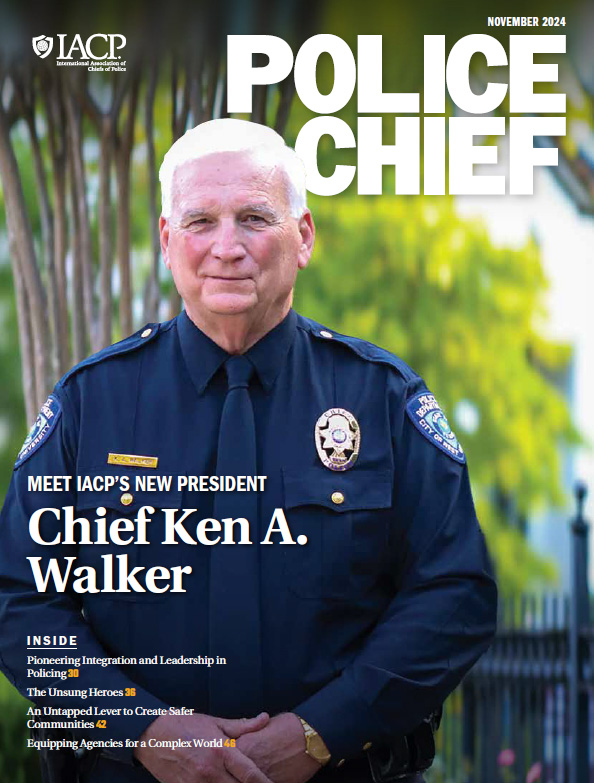
Share
Law enforcement has come a long way since 1839 when Sir Robert Peel outlined his general instructions to be issued to every new police officer in the Metropolitan Police. Or has it? When Sir Peel defi...

Share
One need only look to recent media reports to see examples of negative encounters between law enforcement and individuals with mental illness who are experiencing homelessness. For example, a man expe...
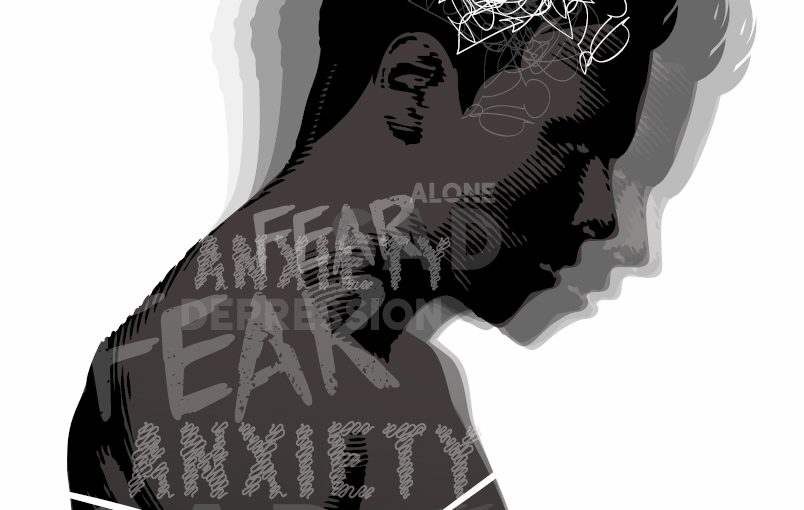
Share
The communities in which police officers work encompass a multitude of individuals with different ages, genders, incomes, races, ethnicities, religions, sexual orientations, abilities, health statuses...
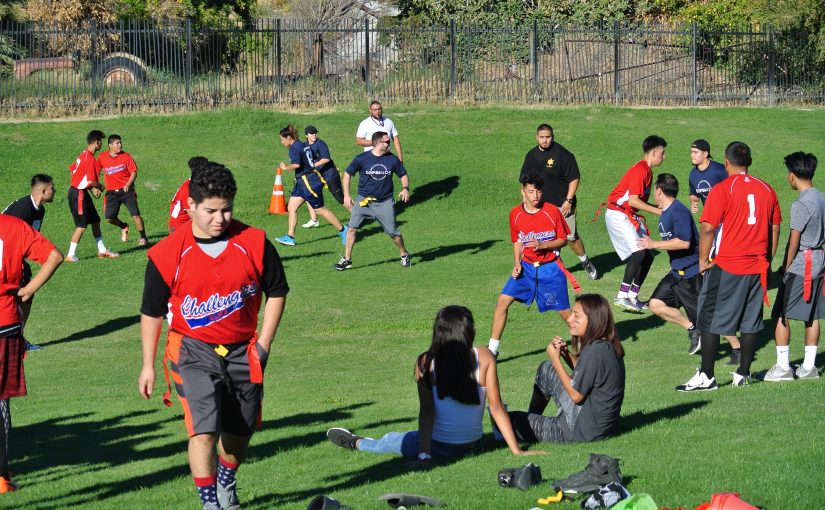
Share
The City of Indio is the largest and most populated city in the Coachella Valley desert region of southern California. The city’s estimated population is about 89,000; nearly 68 percent of residents...

Share
There is an expanse of the literature suggesting that procedural justice plays a significant role in influencing the perception of police legitimacy in the eyes of citizens. It has become increasingly...
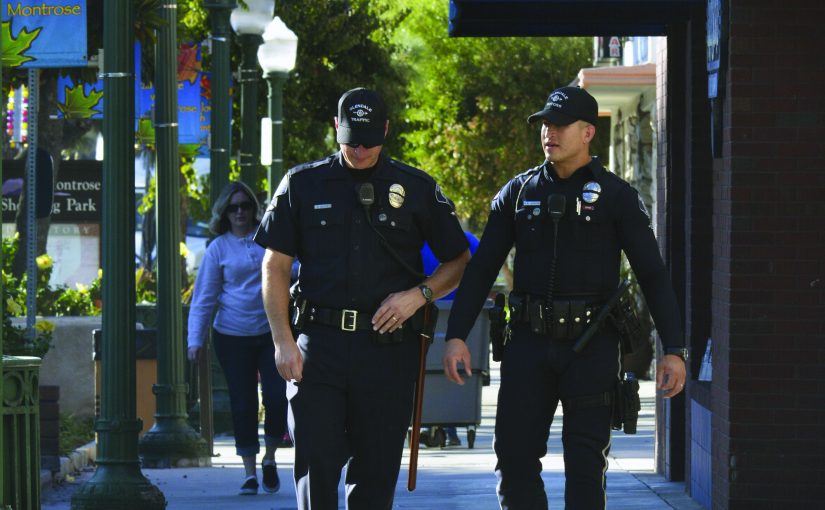
Share
Most people recognize that the United States is experiencing a social change that has the possibility to be interpreted by future historians as transformational. A substantial component of this change...

Share
Predicting the future is like trying to peer inside a black hole: no one can see what’s inside until one has passed the point of no return—the “event horizon” in astronomy terms. It stands to ...
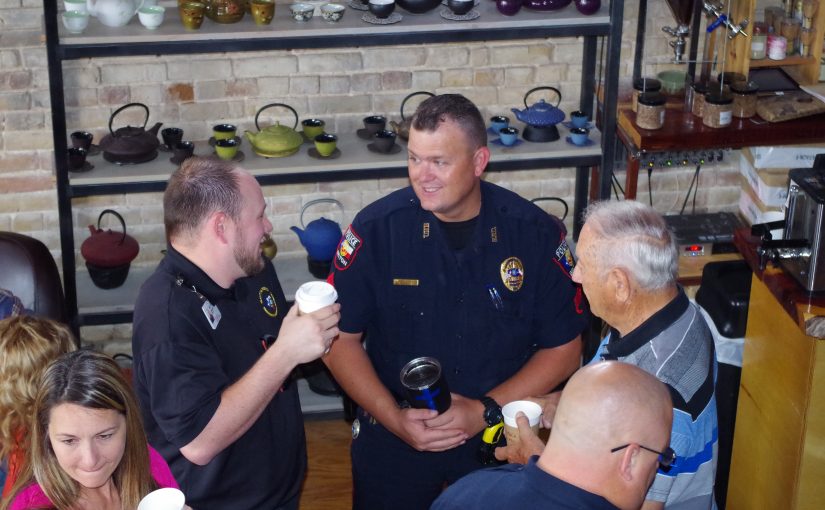
Share
Twenty-first century policing is colliding with 19th century policing. Sir Robert Peel’s Nine Principles of Policing called out prevention as the foundation of law enforcement in 1829. Since then, p...



